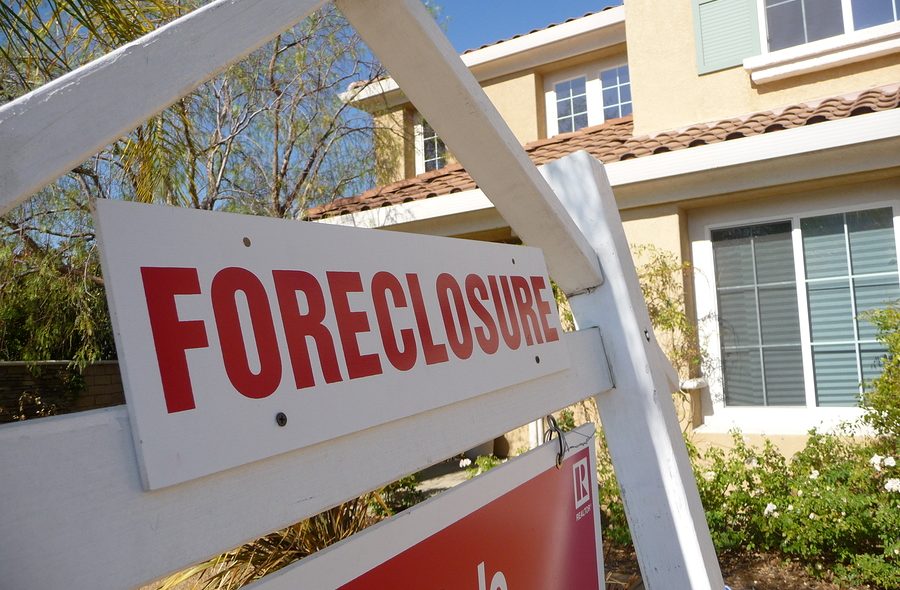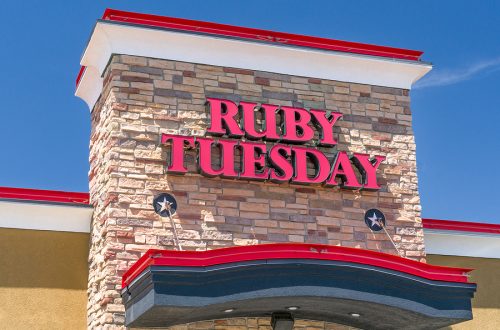Foreclosures have been essentially at a standstill due to the moratorium issued by state and local governments on foreclosures and evictions, as well as forbearance programs to help keep families remain in their homes during this difficult time. However, these efforts will expire at some point, which has many worrying about what will happen once these programs end.
According to the Federal Reserve Bank of St. Louis, approximately 500,000 borrowers avoided foreclosure during the last quarter of 2020 due to various relief programs available to them, including the forbearance program offered through the CARES Act.
At the end of 2020, around 2.7 million loans were still in mortgage forbearance programs. This figure comes out to roughly 5.5 percent of all active mortgages. That figure is down somewhat from the eight percent reported in March 2020.
However, just because this many mortgages are currently in forbearance does not mean that this many will eventually end up in foreclosure. It is possible to exit these programs successfully. According to data from the Mortgage Bankers Association, in July 2020 when borrowers begin to exit the forbearance programs, 87 percent of those did so successfully with a repayment plan in place, their mortgage loans reinstated, missing payments deferred to the end of the loan, the loan paid off in full, or a loan modification successfully entered.
Financial analysts warn that the remaining 13 percent of homeowners who exited the forbearance program with no viable repayment plan in place are the ones at risk of going into default. It is estimated that around 325,000 people will be leaving the forbearance program over the next six to nine months with no payment plan in place.
At the start of 2020, between 0.5 and 0.6 percent of loans were at some stage in the foreclosure process. However, once the pandemic hit, approximately 40 million American workers either lost their jobs or suffered from some type of pay cut, forcing these numbers to inevitably increase. Many of these job losses occurred in industries centralized in Florida, including travel, tourism, and hospitality, all industries which tend to have younger, hourly workers with lower homeownership rates. Not all these employees are back at work and many businesses have been forced to shut down due to the pandemic, which has hit certain markets, including the Orlando area, more than others. It is for this reason that analysts fear that a spike in foreclosures will be seen, especially in the areas where employment is focused on entertainment and tourism.
Defaults do not always lead to foreclosures, however. Currently, the housing market is showing hat homeowner equity is at a high. According to figures from ATTOM Data, around 70 percent of homeowners have more than 20 percent equity in their homes. Additionally, over 90 percent of borrowers who are currently in foreclosure report having at least 10 percent equity in their properties. What these equity figures show is that even if the number of defaults increase, it is likely most of these homes will be sold before foreclosure auction even occurs. A larger wave of defaults may be coming down the pipeline in 2021, but this does not necessarily mean a huge wave of foreclosures will follow.
Please click here to read more.
Choosing the right attorney can make the difference between keeping your home or losing it in foreclosure. A well-qualified Miami foreclosure defense attorney will not only help you keep your home, but they will be able to negotiate a loan that has payments you can afford. Miami foreclosure defense attorney Timothy Kingcade has helped many facing foreclosure alleviate their stress by letting them stay in their homes for at least another year, allowing them to re-organize their lives. If you have any questions on the topic of foreclosure, please feel free to contact me at (305) 285-9100. You can also find useful consumer information on the Kingcade Garcia McMaken website at www.miamibankruptcy.com


